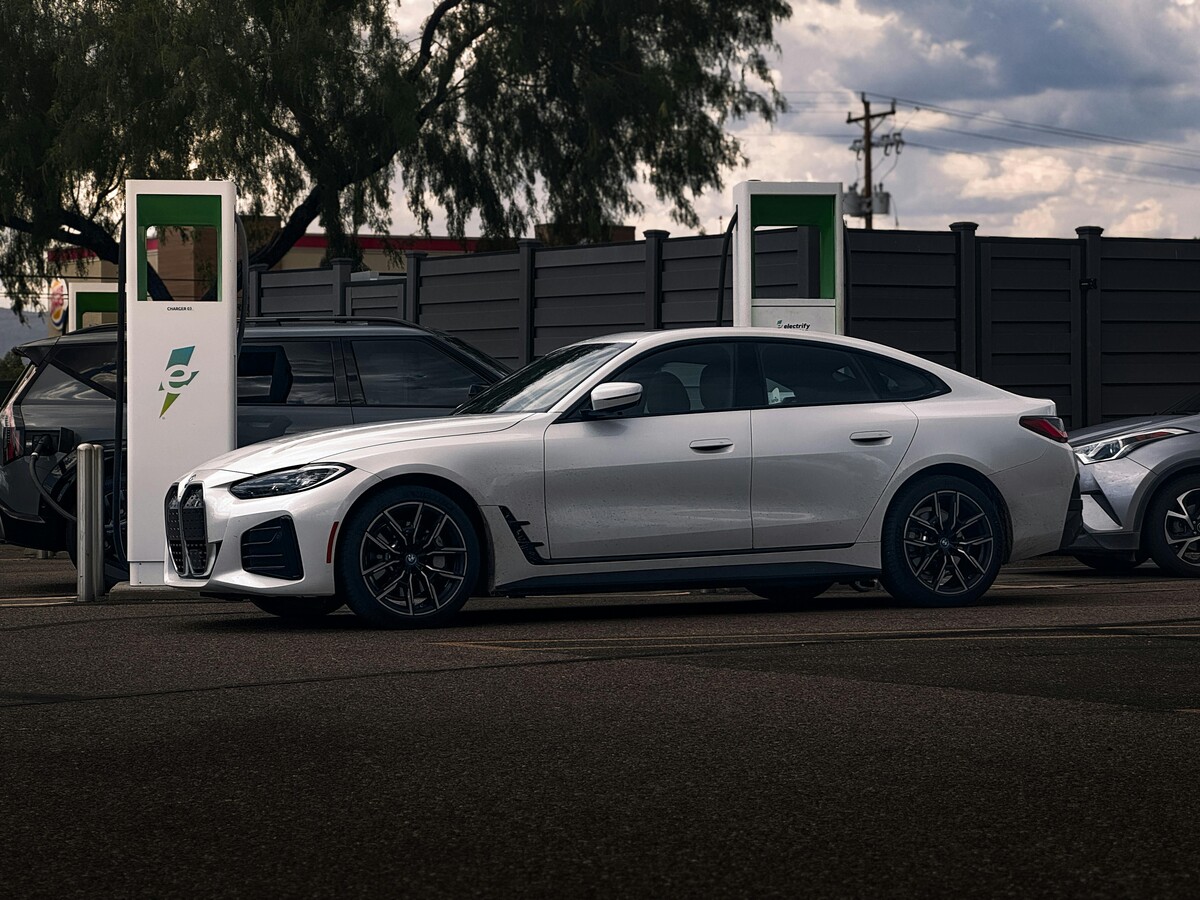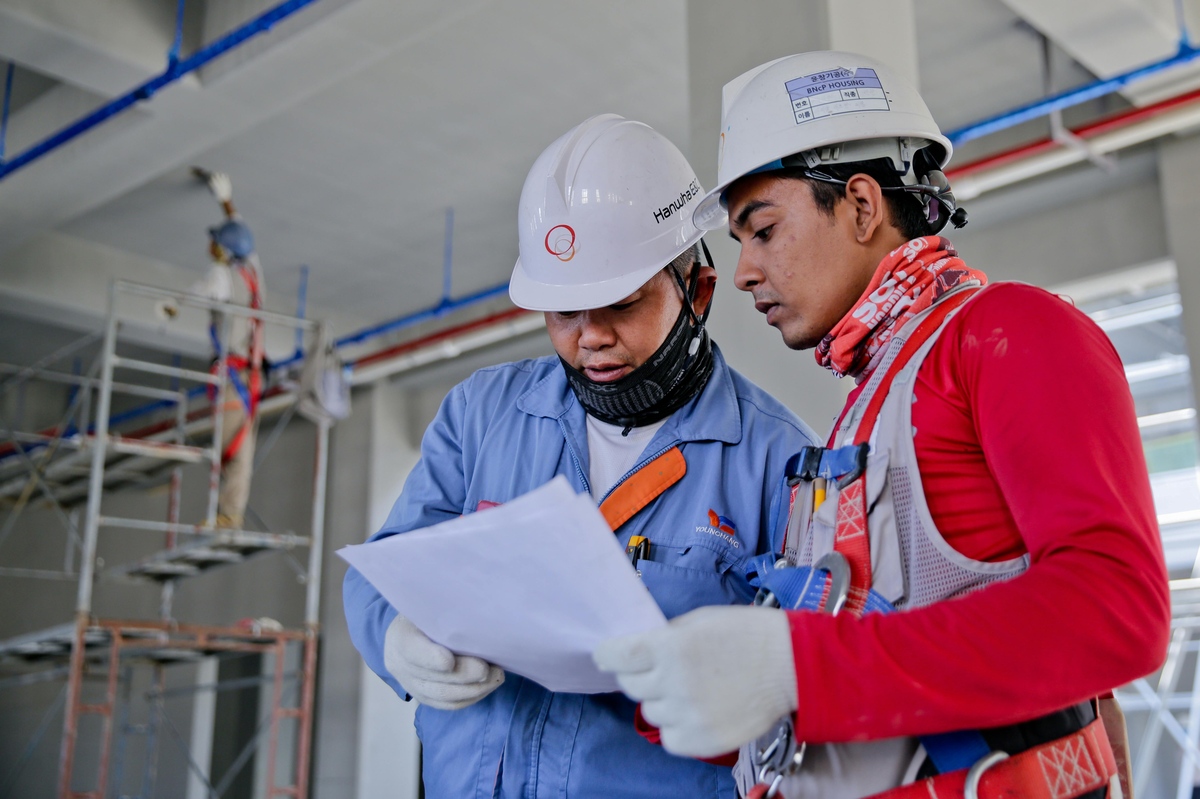The Future of EV Battery Cells Market: Overview, Segmentation, Growth Potential, and Legal Considerations

Strong 8k brings an ultra-HD IPTV experience to your living room and your pocket.
The EV Battery Cells Market have emerged as a key solution to reducing carbon emissions and combating climate change. Central to the EV revolution are the battery cells that power these vehicles. EV battery cells, primarily lithium-ion (Li-ion) batteries, have undergone significant technological advancements over the last decade, making them more efficient, safer, and longer-lasting. This progress has been accompanied by a booming market, driven by the growing demand for electric vehicles globally.
The EV Battery Cells Market Overview
This blog explores the market for EV battery cells, analyzing key segments, market size, growth projections, leading industry players, applications, and the legal constraints shaping the industry. By understanding these dynamics, stakeholders can better grasp the current state and future potential of EV battery cell technology.
Key Segmentation by Type
The EV battery cell market can be segmented by various factors, such as battery chemistry, cell format, and vehicle type. Understanding these segments helps in assessing the direction of technological and market growth.
1. By Battery Chemistry:
Lithium-Ion (Li-ion) Batteries: The most common and widely used type of EV battery, known for its high energy density and longevity. Li-ion batteries come in various sub-chemistries, including:
Lithium Nickel Manganese Cobalt (NMC): Offers a good balance of energy density, safety, and lifespan. NMC is widely adopted by top automakers.
Lithium Iron Phosphate (LFP): Known for safety and longevity, but with a lower energy density than NMC. LFP is increasingly popular in mid-range and mass-market EVs.
Lithium Cobalt Oxide (LCO): Primarily used in portable electronics, but evolving for EV applications with potential for high energy density.
Nickel-Metal Hydride (NiMH) Batteries: NiMH batteries are commonly used in hybrid electric vehicles (HEVs) but are gradually being replaced by more advanced Li-ion batteries in fully electric vehicles.
Solid-State Batteries: A next-generation technology that replaces the liquid electrolyte in traditional Li-ion cells with a solid one, promising higher energy density, improved safety, and faster charging times. Though not yet commercially widespread, solid-state batteries are expected to revolutionize the EV market in the coming decade.
2. By Cell Format:
Cylindrical Cells: Favored for their robustness and ease of manufacturing, cylindrical cells are commonly used in Tesla vehicles and other high-performance EVs.
Prismatic Cells: Known for their space efficiency and adaptability in EV designs, prismatic cells are widely used in mass-market electric vehicles.
Pouch Cells: Lightweight and flexible, pouch cells can be shaped according to the vehicle's space requirements, making them popular among various EV manufacturers.
3. By Vehicle Type:
Battery Electric Vehicles (BEVs): BEVs run purely on electric power, relying entirely on battery cells. They have the highest demand for battery capacity.
Plug-in Hybrid Electric Vehicles (PHEVs): PHEVs use both an internal combustion engine (ICE) and an electric battery, making them less reliant on battery cells but still significant consumers.
Hybrid Electric Vehicles (HEVs): HEVs primarily run on an ICE with support from a battery, requiring fewer cells but still contributing to overall market demand.
Market Size and Growth
The EV battery cell market is growing at an unprecedented rate, driven by both increased EV adoption and significant investments in battery research and production capacity. According to various market research reports, the global EV battery cell market was valued at approximately USD 20 billion in 2023, with forecasts predicting robust growth over the next decade.
Market Growth:
CAGR (Compound Annual Growth Rate): The EV battery cell market is expected to grow at a CAGR of 19.5% between 2023 and 2030. This growth rate is supported by factors such as government incentives for EV adoption, advancements in battery technology, and increasing consumer awareness of environmental sustainability.
Market Size in USD by 2030: By 2030, the EV battery cell market is projected to reach a value of USD 85 billion, reflecting the rapid expansion of the global EV market.
The Asia-Pacific region, particularly China, is expected to dominate the EV battery cell market, accounting for a significant share of both production and consumption. Europe and North America will also see strong growth, driven by government policies promoting electric vehicle adoption.
Leading Market Players
The EV battery cell market is highly competitive, with several key players investing heavily in research, production, and strategic partnerships to secure market share. The most prominent market players include:
1. Contemporary Amperex Technology Co. Ltd. (CATL):
A Chinese battery manufacturer, CATL is the largest supplier of EV batteries globally, partnering with major automakers such as Tesla, BMW, and Volkswagen.
2. Panasonic Corporation:
Panasonic has a strong partnership with Tesla, providing cylindrical Li-ion cells for Tesla's electric vehicles. The company also supplies batteries to other automakers and continues to invest in new battery technologies.
3. LG Energy Solution:
A key player in the global battery market, LG Energy Solution supplies batteries to automakers like General Motors, Ford, and Hyundai. The company has made significant advancements in NMC battery technology.
4. BYD Co. Ltd.:
Based in China, BYD is a leading producer of electric vehicles and battery cells. The company produces its own LFP batteries and has been a key player in making EVs more affordable for the mass market.
5. Samsung SDI:
Samsung SDI supplies battery cells for various electric vehicles and continues to invest in both Li-ion and solid-state battery technologies.
Applications of EV Battery Cells
The applications of EV battery cells extend beyond just powering electric vehicles. As the world shifts towards renewable energy, EV batteries also play a crucial role in energy storage systems (ESS). The key applications include:
1. Automotive:
Battery cells are the core component in electric and hybrid vehicles. With growing environmental concerns, there is an increasing shift from internal combustion engine vehicles to electric and hybrid alternatives.
2. Energy Storage:
Used in renewable energy systems, EV battery cells can store excess energy generated by solar panels or wind turbines. These batteries are then used to power homes, businesses, or entire grids during times of low renewable energy generation.
3. Grid Stability:
EV battery cells are being considered for "vehicle-to-grid" (V2G) technology, where EVs can return electricity to the grid during peak demand, helping stabilize the grid and reducing reliance on non-renewable power sources.
Legal Constraints Based on Regions
The EV battery cell market is heavily influenced by regional regulations and legal frameworks, which can either accelerate or impede market growth. These legal considerations vary by country and region, with some promoting EV adoption while others face challenges due to resource limitations or infrastructure.
1. North America:
In the U.S. and Canada, government incentives for EV adoption, such as tax credits, play a significant role in market growth. However, stringent safety and environmental regulations around battery manufacturing and recycling present challenges for battery makers.
2. Europe:
The European Union has introduced policies to ban the sale of new internal combustion engine vehicles by 2035, driving demand for EVs and, consequently, battery cells. At the same time, strict regulations on battery recycling and sourcing of raw materials (e.g., cobalt and lithium) create legal constraints that manufacturers must navigate.
3. Asia-Pacific:
China, the largest EV market in the world, provides substantial subsidies and tax incentives for both EV buyers and manufacturers. However, concerns over environmental degradation from lithium mining and battery disposal are pushing the government to impose stricter regulations on battery recycling and sustainable mining practices.
4. Rest of the World:
In regions such as South America and Africa, the legal landscape is less developed, with fewer incentives for EV adoption. However, these regions play a crucial role in the supply chain due to their rich reserves of lithium, cobalt, and other essential minerals used in EV batteries.
Conclusion
The market for EV battery cells is set to experience substantial growth over the coming years, driven by the rising adoption of electric vehicles, advancements in battery technology, and supportive government policies. While challenges such as resource constraints, legal hurdles, and technological limitations remain, the overall trajectory is positive.
Leading battery manufacturers like CATL, Panasonic, and LG Energy Solution continue to push the boundaries of what battery technology can achieve, with solid-state batteries on the horizon promising even greater efficiency and performance.
As the world moves toward a cleaner, electrified future, EV battery cells will be at the heart of this transformation, not only powering vehicles but also playing a critical role in the broader energy ecosystem. The future of EV battery cells is bright, and the industry is poised for significant expansion, bringing us closer to a more sustainable world.
Note: IndiBlogHub features both user-submitted and editorial content. We do not verify third-party contributions. Read our Disclaimer and Privacy Policyfor details.







